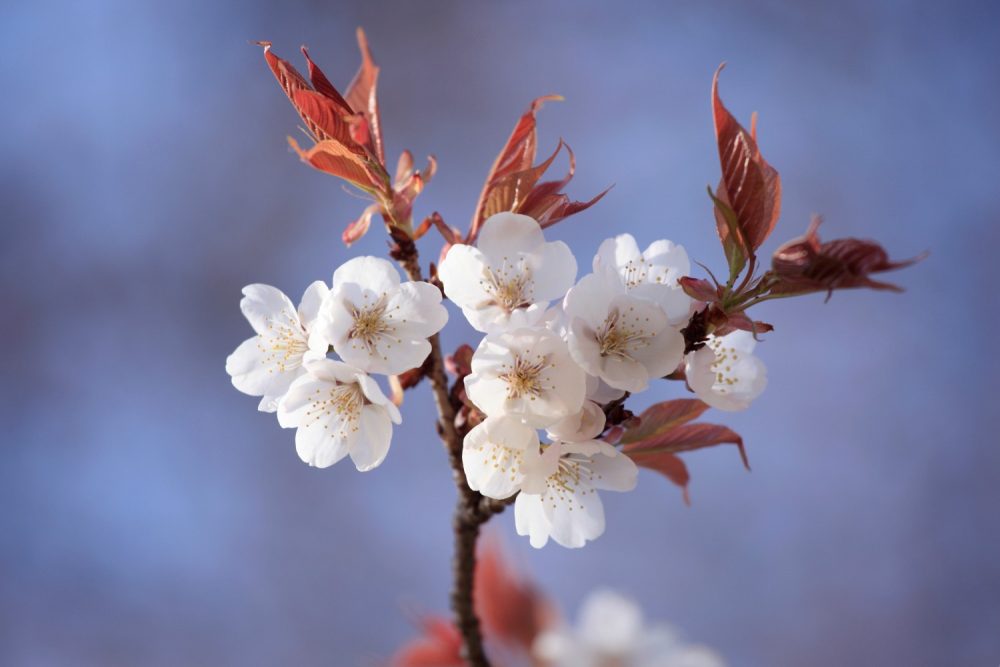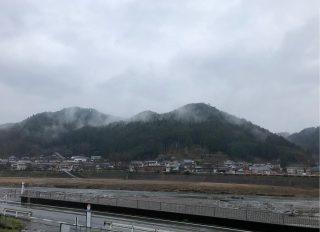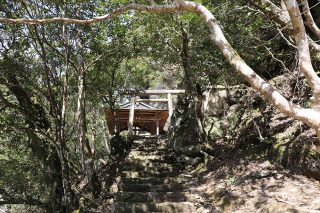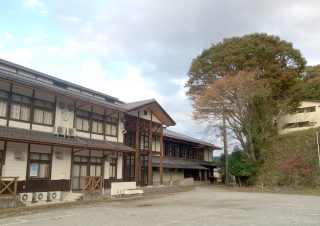When April rolls around, cherry blossoms begin to bloom all at once.
Every spring, the scenery of people happily gathering under the cherry blossoms is shown on TV. Whether it’s the scenery of cherry tree flowers blooming at castles, parks, rivers, or lakes, the four seasons of Japan begin with cherry blossoms.
The cherry blossom (known in Japanese as “sakura”) is a special flower for Japanese people.
In this article, I would like to write about the cherry blossoms of Mt. Yoshino.
The cherry blossoms of Mt. Yoshino have been planted as donations and protected by local people for over 1000 years. It is soo well-known that it is commonly said that Mt. Yoshino is the best place to see cherry blossoms in all of Japan. The beauty of the cherry blossoms, which is found in a mixture of Yoshino’s nature, religion, and history, stands out even among places where cherry blossoms are famous in Japan.
Nowadays, the number of cherry blossom spots is increasing all over Japan, but the cherry trees of Mt. Yoshino are actually linked to the mountain religion of Shugendo. Shugendo believers and local people have carefully cultivated and maintained these trees for centuries up to the present day. Therefore, the cherry blossoms in Mt. Yoshino were not originally for the purpose of cherry blossom viewing (however, many tourists, even from overseas, are now coming here in expectation of the magnificent views of the cherry blossoms.)
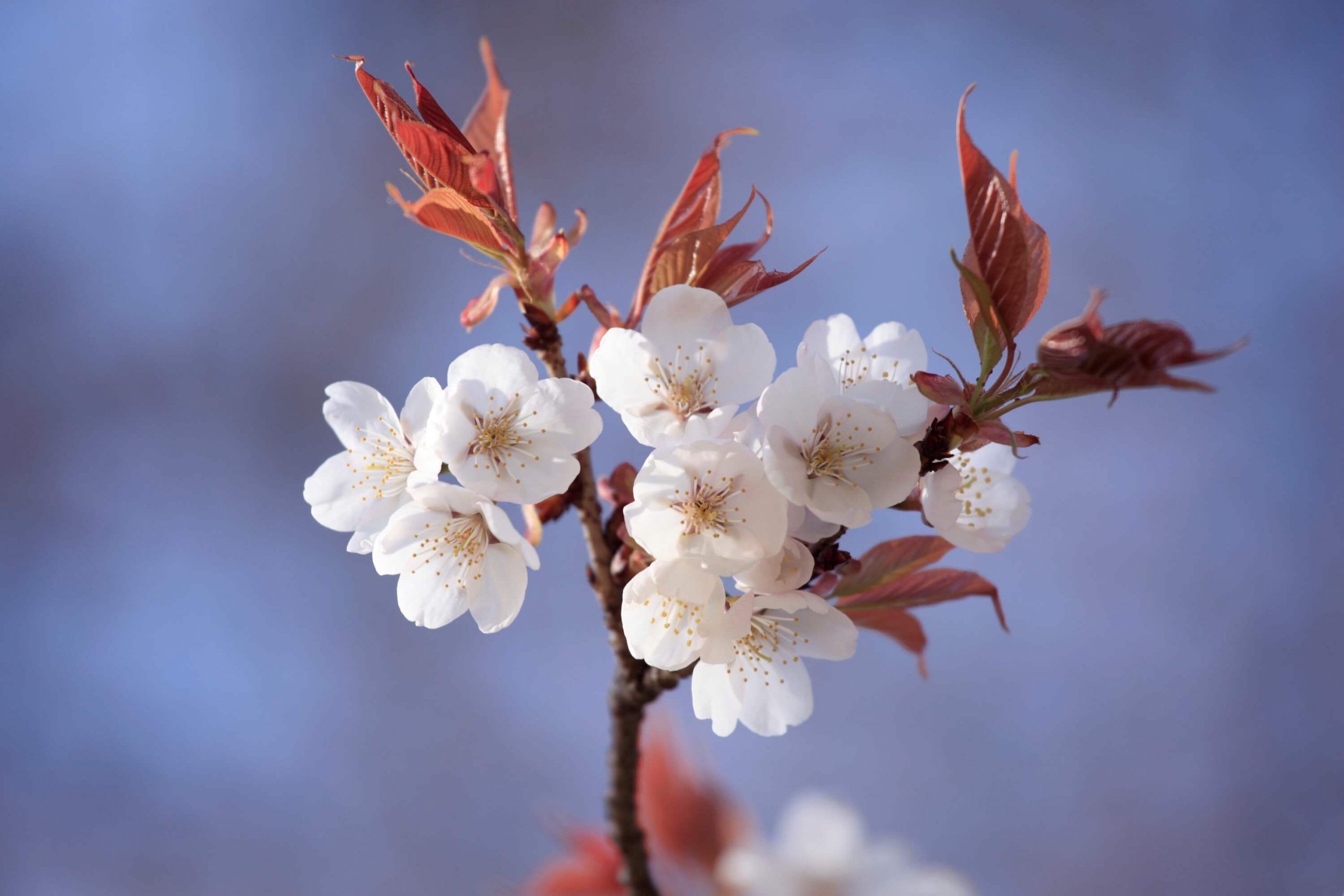
Most of the cherry blossoms on Mt. Yoshino are yamazakura, which are a wild species that have naturally grown here since ancient times.
The generally popular “Somei Yoshino” cherry tree flowers at first and sprouts leaves after, while the yamazakura flower and sprout leaves at the same time. In addition, “Somei Yoshino” is a cultivated plant that has been modified through grafting, but yamazakura grow from seeds, so its lifespan ranges from 100 to 400 years.
It is said that Mt. Yoshino, a mountainous area with many steep slopes, was suitable for the growing environment of yamazakura.
As it seems that the growth of cherry blossoms in Mt. Yoshino may have slowed down in recent years, the “Yoshinoyama Cherry Blossom School” was established by people involved in cherry tree conservation activities. They are engaged in research on the causes of cherry tree decline and solutions to the problem. In addition, they have received support from people and companies all over the country who have studied about this situation as well.
At the Cherry Blossom School, in order to restore the growth speed of the cherry trees, approaches are being taken from many different angles, including planting methods, fertilizer nutrients, soil, and looking at possible diseases. However, many cherry trees are planted on steep slopes, so it takes money, labor, and time to manage each cherry tree.
It is the mission of the people of Yoshino who live in the present day to make steady efforts to protect and preserve the cherry blossoms for the future. Among them, the Yoshinoyama Hoshokai plays a major role.
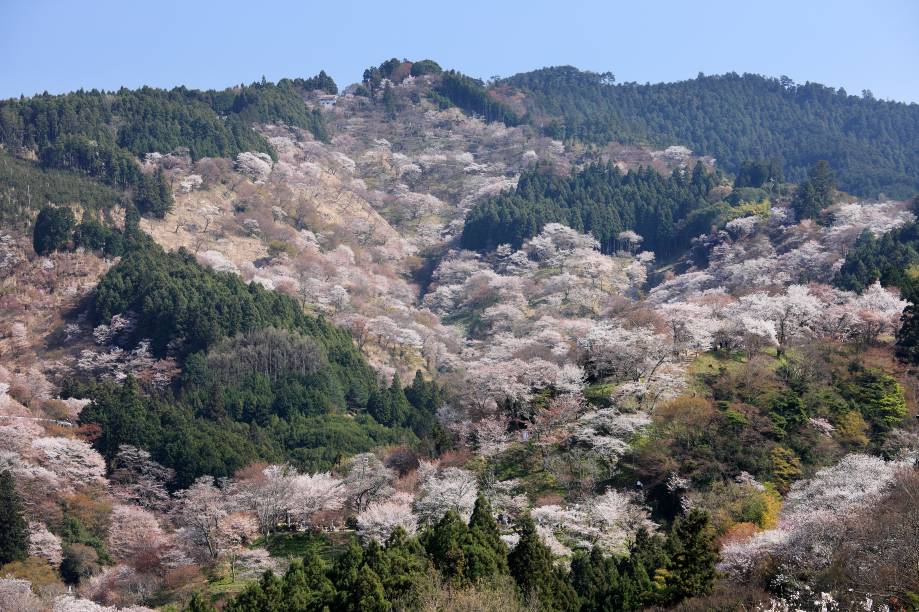
Everyone is impressed by the spectacular scenery of the cherry blossoms on the slopes of Mt. Yoshino. To protect this scenery, many important tasks are carried out throughout the year, such as growing seedlings, replanting old trees, mowing undergrowth, cutting vines, and removing parasitic plants.
In addition, for 70 years, the local students of Yoshino Elementary School have been working to collect cherries annually in Mt. Yoshino. They then raise the collected seedlings in a school field and return the trees to Mt. Yoshino when they reach the 6th grade.
This wonderful activity, which started at the former Yoshinoyama Elementary School in 1948, was passed on to Yoshino Elementary School after they were integrated.
Truly, the beauty of the cherry blossoms on Mt. Yoshino is the result of countless generations of people maintaining and protecting them through the ages.
It is out of the question to cut and take a cherry blossom branch home for display in a vase. It has been said that “whoever breaks the branch of a cherry tree must have their finger broken as well!” (though I am not sure if such a thing has ever actually happened).
The spirit of protecting the cherry trees is aptly demonstrated in the spring scenery of Mt. Yoshino. However, these days it is not possible to protect these trees only through our spirit. Therefore, the Yoshinoyama Cherry Blossom School is conducting activities to protect cherry blossoms using a scientific approach as well.
Science is being used to fight the corrosion and pests that spread from dead cherry trees. In addition, since cherry trees prefer sunny conditions and growth is suppressed if the distance between them is too narrow, it is important to consider where new trees are planted. It has also become clear that it is necessary to thin the cherry trees and cut branches to promote healthy growth.
After cutting branches, medicine needs to be applied to cut stubs to prevent them from decaying (this is why the cherry tree branches are painted black.)
Cherry blossoms also require physical examinations.
It is ideal to record the condition of each tree (to correctly diagnose and treat any issue that may arise), but the huge amount of trees planted on Yoshinoyama’s steep slopes require a lot of time and money to properly cover.
There are people in Yoshino Town working every day on this great mission to protect and nurture the cherry tree groves of Yoshino for the benefit of the next generation. This work is truly of great importance as these trees are the heart of the Japanese people.
I hear that in recent years it has become difficult to predict when the cherry trees will blossom, with even trees sharing the same position on the mountain blossoming at different times. This may be due to climate change or the differing characteristics of each cherry tree.
The cherry blossoms in Mt. Yoshino that bloom from the Shimo-senbon grove at the bottom to the top of the Kami-senbon grove are stunningly beautiful
Everytime the new year rolls around, people start to discuss when the cherry trees will blossom for the coming spring. Not only the locals, but also people outside the prefecture look forward to the arrival of spring in anticipation of Mt. Yoshino’s beautiful scenery.
When you see the cherry trees of Mt. Yoshino, know that they are the result of a 1,000 years of preservation efforts and part of a designated World Heritage Site. I would be happy if you could think of these trees as a treasure that should be passed on to the next generation.

